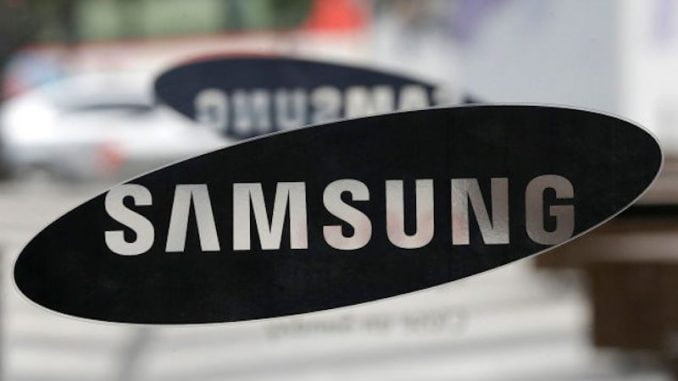

As the intense competition in smartphone market continues, Samsung is set to light up the race with its all-new dual camera solution that will bring bokeh effect and low-light shooting even to budget smartphones. The new solution, which will combine Samsung’s ISOCELL Dual image sensors and proprietary software, is touted to enable the same image-taking experience on mid- and entry-level smartphones that has so far been exclusive to premium offerings. The South Korean giant last year brought the Galaxy J7+ as its first mid-range model with a dual camera setup. This trend will seemingly continue further with the new development. Also, the company is this time providing its in-house technology to other manufacturers to eventually grow the number of dual camera smartphones.
The aim of building the new solution is to “reduce optimisation difficulties” in implementing dual camera setups on smartphones. Samsung has created a library of its in-house software algorithms that are compatible with its ISOCELL Dual sensors to enable bokeh and low-light shooting on lower price mobile devices. The sensor-optimised algorithms will offer a refocusing feature for a dual camera setup that has 13-megapixel and 5-megapixel image sensors, while low-light shooting will accompany a set of two 8-megapixel image sensors. A presentation showcased by the company to its investors last year also revealed support for optical zoom through its dual camera modules. This is, however, likely to remain exclusive to some future Galaxy models.
“Samsung’s total solution for ISOCELL Dual will make our customers’ product development easier, allowing them to bring the most optimised dual camera features to a wider range of consumers,” saidBen K. Hur, Vice President of System LSI Marketing, Samsung Electronics, in a press statement.
It is unclear when smartphones featuring the new dual camera solution will hit the market. However, the latest move by Samsung will certainly bolster its presence in the smartphone components market as it already offers processors, DRAM, and flash storage to other original equipment manufacturers (OEMs).
Samsung demonstrated its first ISOCELL Dual module at MWC Shanghai in June last year; the module made its mass market debut on the Galaxy Note 8. A version of the dual camera setup was also a part of the Galaxy J7+ that included 13-megapixel and 5-megapixel image sensors.
[“Source-ndtv”]
